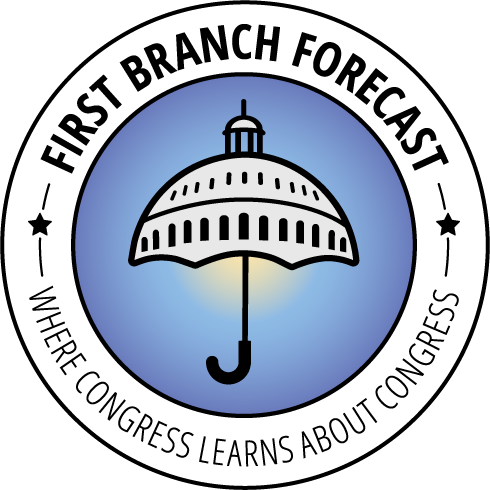It’s been a quiet week in Woebegone, D.C., our fair city. Uh, nope. It was a dark and stormy night. Nooooooooo. It was a bright cold day in September, and the clocks were striking thirteen. Ah, that feels right. Welcome to the First Branch Forecast.
CONGRESS IN BRIEF
More members announced their retirements, including Sen. Isakson and Rep. Duffy. In the House, departures include 13 Rs and 3 Ds; in the Senate, it’s 4 Rs and 1 D. Keep track here.
Cyber Day on Capitol Hill is this Thursday, September 5th. The focus: training staff to protect themselves. RSVP.
The number of trade reporters covering capitol hill are up and daily newspaper staff are down. The Post cites this 2015 Pew study that specialty reporters outnumber those working at broadsheets. Digging deeper, much Congressional coverage is now done by niche reporters who charge a high premium for their specialty focus. So far unexamined: how does this information flow back to capitol hill, does it reach regular constituents, and what’s the result of inequities in access to in-depth information on the advocacy landscape? (BTW, our little newsletter is intended to fill one of the gaps.)
Russia denied Sens. Johnson and Murphy a visa to visit that country as part of a delegation, claiming Johnson had acted in a “russophobic manner.” Just recently Israel denied Reps. Omar and Tlaib a visa at the prompting of Pres. Trump.
Wow. Data scientist Will Geary made two amazing visualizations of the federal budget. Take a minute and watch these two videos: US discretionary spending from 1963 to present; and federal spending from 1963 to present. Doesn’t this really bring all that data to life? Imagine if the Budget Committee or CBO or even CRS presented material this way. All it takes is structured data and a clever person to analyze and visualize it. There’s more cool stuff on his website. Continue reading “Forecast for September 3, 2019.” →


